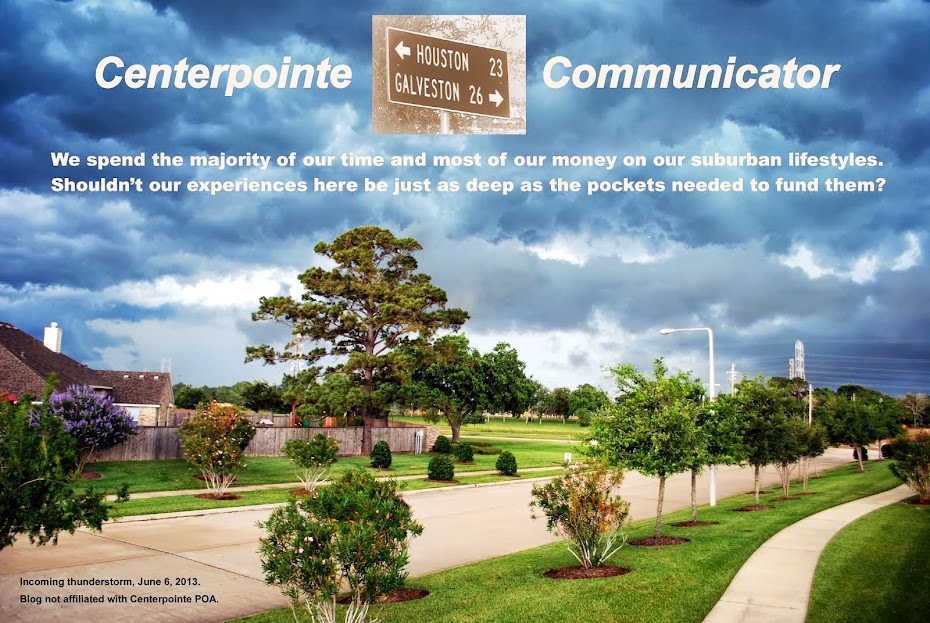This comment suggests that some residents might be judging their "growability" factor based largely on those godawful live oaks that each and every one of us were saddled with when we bought our houses.
An unrealistically pessimistic impression will emerge if this is the case. Live oaks can be beautiful, majestic trees - if you have at least 20 years to sit around waiting for something to happen with them. They're slow growing and, not only that, they don't look that good during their early years. They should not be used as general indicators of soil potential or anything else. I don't know why builders continue to use them - inertia, perhaps. Houston builders have been plopping live oak saplings in front yards for decades now. Force of habit? Cookie-cutter mass-production development methods.
Houston landscaping guru Randy Lemmon is among those who use the catchy phrase "sleep, creep, leap" to describe what typically happens with newly-installed landscape plants. "First it sleeps, then it creeps, then it leaps", meaning, you won't see much happen during the first or second growing seasons when new plants are focused on establishing their root systems, but come the third season, the plants tend to explode into new growth, leaping skyward in the process.
You can see the "leap" effect right now, live and direct, along the northeastern section of Centerpointe Drive.
| View looking southwest along Centerpointe Drive, probably in 2008 (screengrab courtesy of the Googlemobile). At this point, they were still raw-looking and staked, so they likely hadn't been in the ground long. Centerpointe Section 9 would not commence groundbreaking until first or second quarter 2009 (streets and infrastructure) and mid-third quarter 2009 (houses). You can see that these newly-planted trees are puny, but look at them in the photo below, which I took this morning: |
| Almost the same view (my phone camera has a wider-angle lens). |
 |
| Just about all of the trees on this section of Centerpointe Drive show the same effect. |
If you remember, we had the worst drought in recorded history in 2011plus an August that was literally beyond comprehension in terms of heat. Growth trends in 2011 were not normal as a result. Not only did most trees not grow, many of them (including those dastardly front-yard live oaks) actually died back by one or more feet (if they lived at all, which many in Section 9 did not). This "greenbelt" corridor shown in the pic above is covered by the neighborhood sprinkler system, but nothing could have compensated for the weather extremes that we had. 2012 had more normal weather and rainfall amounts and so gave trees the window they needed to advance themselves.
You might also say, "Well, they finally grew, but they look spindly and scruffy."
Sort of looks like the tree equivalent of a bad hair day, eh? Yes they do look a bit weird and wild at the moment, but now that those main trunks have shot up, the canopy will infill with new sub-branch and leaf density.
Anyway, the moral of the story is, stuff will grow here, and grow well, even under the onslaught of weather extremes. Your sluggishly-growing, mass-produced front-yard live oaks are not reliable indicators of your yard's true growing potential.

No comments:
Post a Comment
I'm forced to moderate comments because the spammers have become too much for me to keep up with. If you have a legitimate comment, I will post it promptly. Sorry for the inconvenience.